Perrier-Jouët Grand Brut Champagne Perrier-Jouët Grand Brut Champagne
$56.00
PROOF24 (12% ABV)
About Perrier-Jouët Grand Brut Champagne
Pierre-Nicolas Perrier was a vintner and botanist who married Rose-Adélaïde Jouët, a woman from a Norman merchant family. In 1811, soon after the wedding, the pair founded Maison Perrier-Jouët. Their love of nature, the arts, and Champagne was passed down through generations, with the House taking its cues from the nature-inspired Art Nouveau. The first brut Champagne was crafted in 1942, immediately gaining popularity. The House’s bond with art is best expressed with the anemone motif that was illustrated by Emile Gallé in 1902 and remains the House’s iconic emblem to this day.
Today, the House produces some 3 million bottles per year and owns 266 acres of vineyards in the Champagne region, operating under Pernod Ricard. In 2020, Séverine Frerson became the 8th cellar master as well as the first woman to hold the position since the House was founded. Chardonnay is the signature grape of the house, the Côte des Blancs terroir at the heart of Champagne’s “Golden Triangle” providing the perfect conditions. Some of their most precious mature vintages date back to 1825 and can be found in L’Eden, an oenotheque to which the Chef de Caves holds the only key.
Perrier-Jouët Grand Brut has its roots in 1846, when the House launched its first brut Champagne. It’s crafted with 40% Pinot Noir (Montagne de Reims & Vallée de la Marne), 40% Meunier (Vallée de la Marne & the Aube region), and 20% Chardonnay (Côte des Blancs), 12 to 14% of these being reserve wines. It is aged on lees for 2 years and features a bright, floral, and fruity profile that makes it super versatile.
Get your bottle of this Champagne today!
About Champagne
Champagne has been associated with royalties since the 17th century, still maintaining its glorious reputation.
The French take Champagne seriously, so coming from the Champagne region of France isn’t the only requirement that keeps this drink from being “just sparkling wine.” The rules of the appellation require specific vineyard practices, particular types of grapes, specific pressing methods, and secondary fermentation of wine.
Be the first to review “Perrier-Jouët Grand Brut Champagne Perrier-Jouët Grand Brut Champagne” Cancel reply
Related products
Champagne
Champagne
Champagne
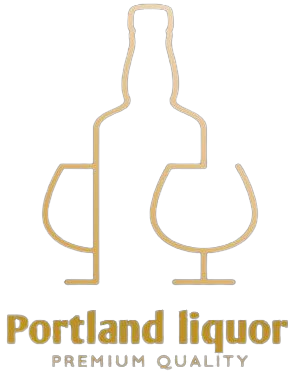



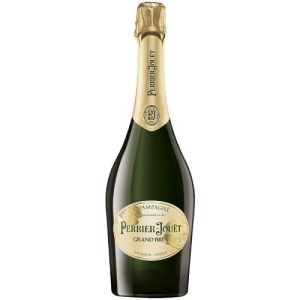

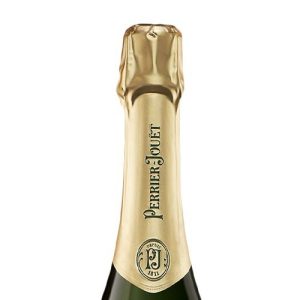
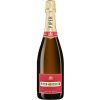
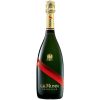
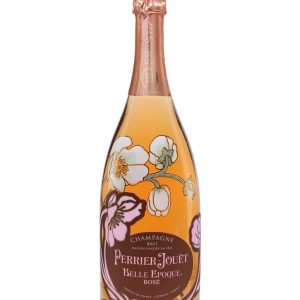
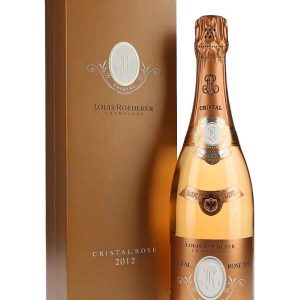

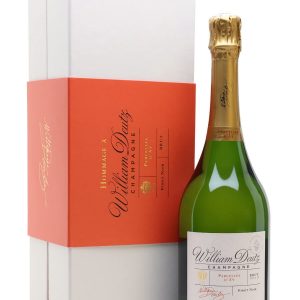
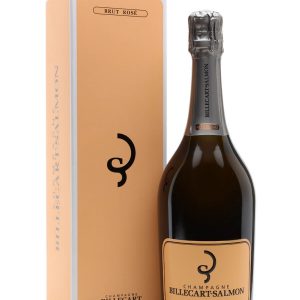
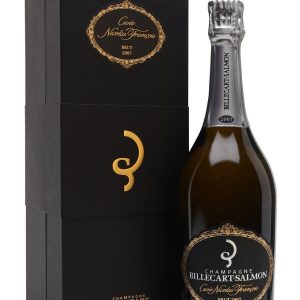
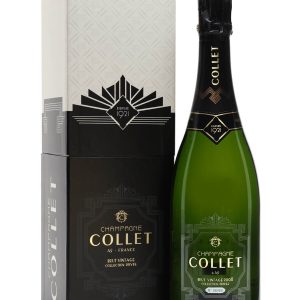
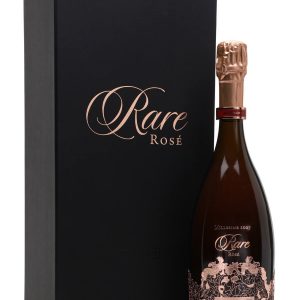
Reviews
There are no reviews yet.